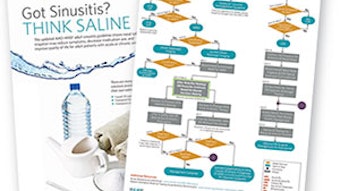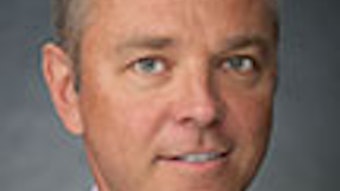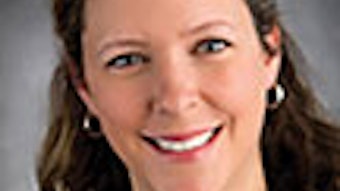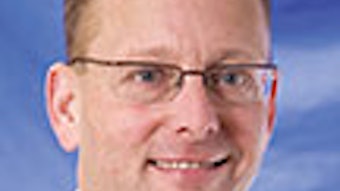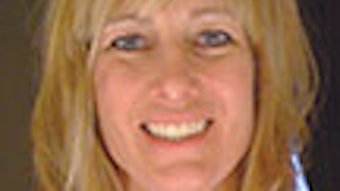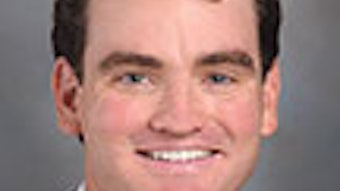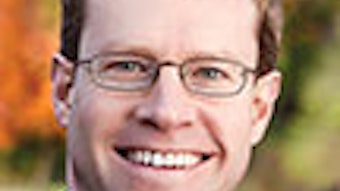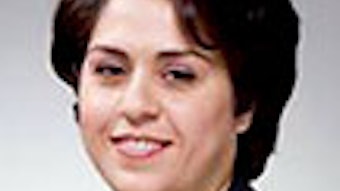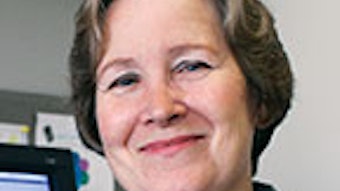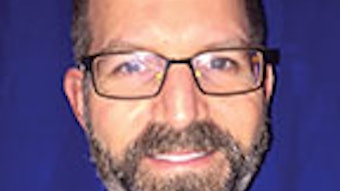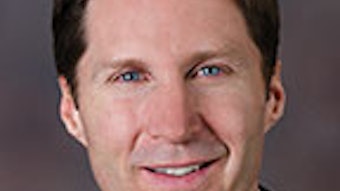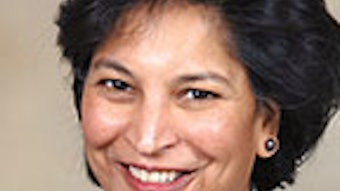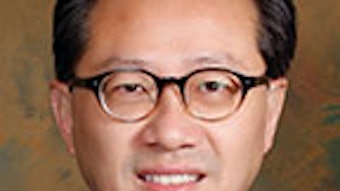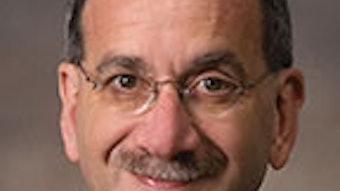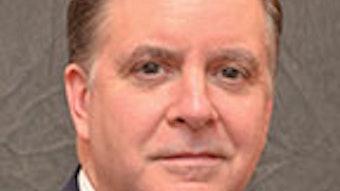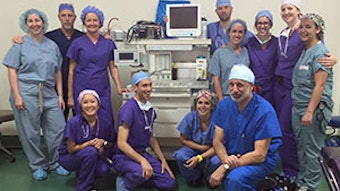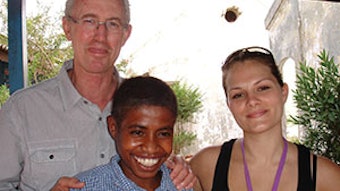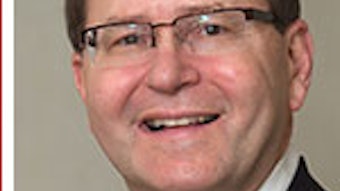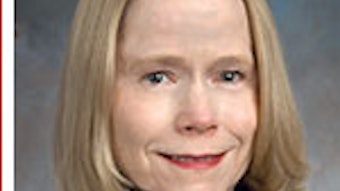Choosing your leaders
In October 2014, the AAO-HNS Executive Committee (EC) appointed an Election Review Task Force to conduct a thorough review of the Academy’s annual election process for the purpose of determining if there were areas that could be improved upon and, if so, making recommendations to the EC for consideration.
The e-ballot for the AAO-HNS candidate election goes live in May
 “Generally the majority of voters cast ballots at the beginning and end of an election. The longer the election, the less likely it is that a final flurry of votes will occur.” —Megan Heankels and Charles Dahan, authors of the January 2015 Associations NOW magazine article, “How the Social Network Effect Can Boost Board Elections”
“Generally the majority of voters cast ballots at the beginning and end of an election. The longer the election, the less likely it is that a final flurry of votes will occur.” —Megan Heankels and Charles Dahan, authors of the January 2015 Associations NOW magazine article, “How the Social Network Effect Can Boost Board Elections”In October 2014, the AAO-HNS Executive Committee (EC) appointed an Election Review Task Force to conduct a thorough review of the Academy’s annual election process for the purpose of determining if there were areas that could be improved upon and, if so, making recommendations to the EC for consideration. What stood out as a key area for improvement was the timing of the annual election (mid-July to late August). Given that most people take vacation in the middle of the summer, it was recommended the election period be moved to mid-May and end in late June. Per the Academy’s Bylaws, the election must be held a minimum of 45 days prior to the Academy’s annual business meeting, which is held in conjunction with the AAO-HSNF Annual Meeting & OTO EXPOSM.
We hope moving the election to this earlier timeframe will be a welcome change and generate greater participation by eligible voting members of the Academy. The following member categories are eligible to vote in the AAO-HNS annual election of candidates: Fellows, Members, Fellows in Training, Members in Training, First Year Fellows, First Year Members, Scientific Fellows, Life Fellows, Life Members, Retired Fellows, and Retired Members.
Questions concerning the annual election may be directed to Execsvcsoffice@entnet.org.

